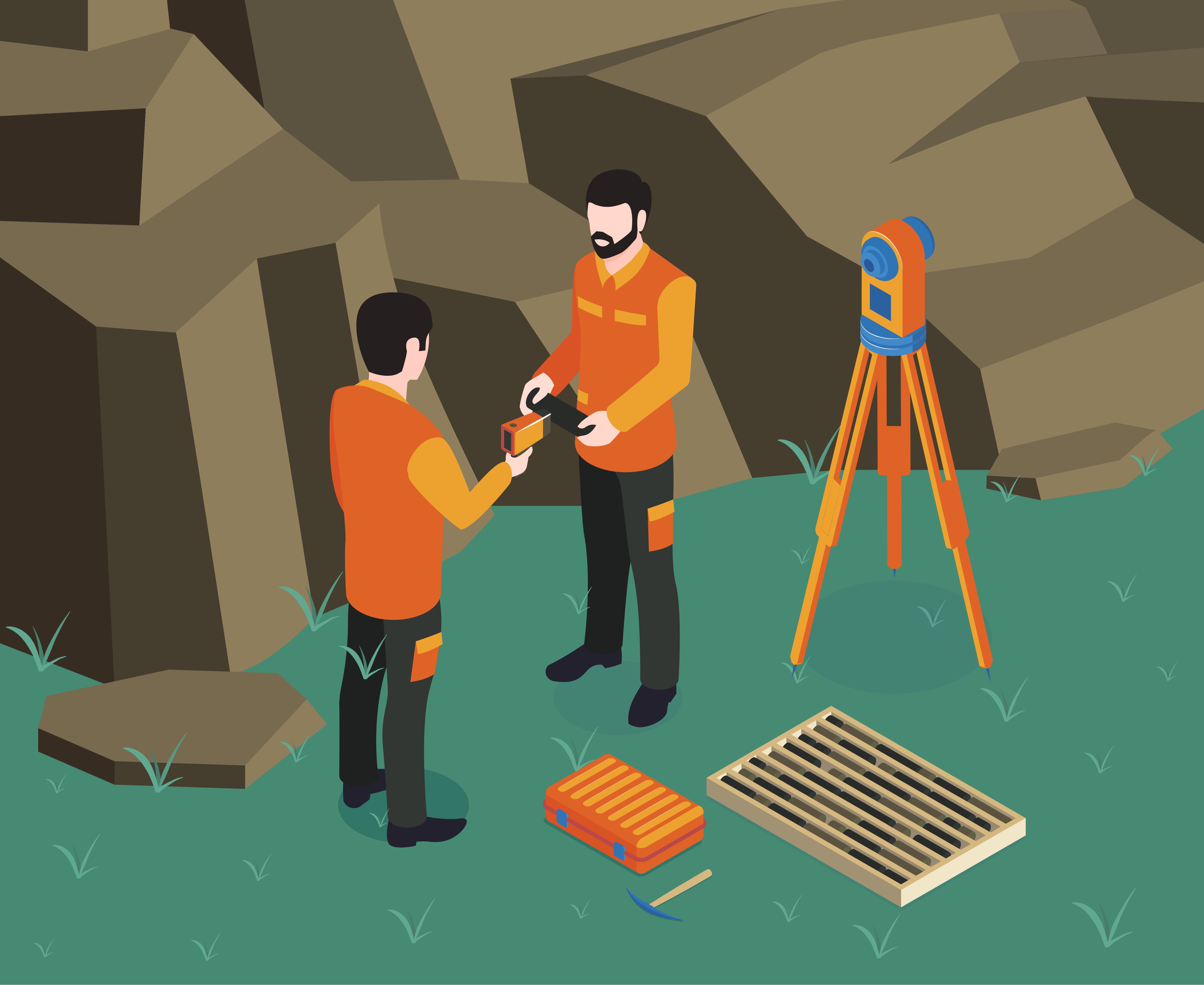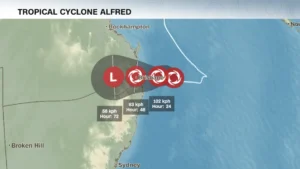A sewer scope inspection, also known as a sewer camera inspection or sewer video inspection, is one of the best ways to thoroughly examine the condition of your underground sewer lines. This inspection provides a detailed look inside your pipes to identify any cracks, breaks, blockages, root intrusions or other issues.
Having a professional sewer scope inspection on a regular basis can help prevent costly and annoying sewer problems down the road. Read on for an ultimate checklist to ensure your next sewer scope inspection goes smoothly and provides maximum value.
Choose the Right Company
The first step is finding a qualified company to perform the Sewer Scope Inspection. Look for an experienced local firm that specializes in this type of inspection and has certified, trained technicians. Ask friends and neighbors for referrals. Online reviews can also be helpful.
Once you have identified some potential companies, do further research to narrow down your options:
- Ask about licensing and insurance. Make sure the company is properly licensed in your state and has liability insurance as well as workers’ comp for technicians. This protects you in case of an accident on your property.
- Compare experience levels. Ask how long technicians have been doing sewer inspections and how many they have completed. More experience means better expertise.
- Ask about equipment. advanced camera equipment (such as a pan-and-tilt crawler camera) and lighting makes for a more detailed inspection.
- Ask about additional services. Some companies also provide sewer cleaning or repairs if issues are found.
- Compare pricing. Get an estimate from 2-3 companies and compare. Be wary of prices that seem too good to be true.
- Read reviews and ask for references. Online reviews and references can give insight into a company’s reputation and customer service.
Taking the time to do your research helps find the right sewer scope inspection company for your needs and budget.
Schedule at the Right Time
Timing your Sewer Scope Inspection strategically can improve the accuracy of the inspection and prevent unnecessary repeat visits.
- Avoid high flow times. Try not to schedule your inspection when household water usage is at a peak, such as first thing in the morning. Excessive water flow can obstruct the camera’s view.
- Consider weather conditions. Heavy rains can fill pipes and prevent an inspection. Conversely, drought can lower groundwater levels and drain P-traps, allowing sewer gases to escape back into the home. Moderate weather is ideal.
- Allow enough time. A standard sewer lateral inspection takes 30-60 minutes. Main sewer lines or extensive pipe systems may take several hours.
- Keep the schedule open. If issues are found that require immediate attention, having a flexible schedule allows those repairs to be addressed right away before finishing the inspection.
Timing the sewer scope strategically improves visibility as well as the technician’s ability to thoroughly document issues. This helps avoid a failed inspection or the need for a return trip.
Prepare Your Property
Adequate preparation of your property minimizes work for the technician and prevents inspection delays.
- Clear access to cleanouts. Locate all sewer line cleanouts and make sure they are free of debris and easily accessible. This is where cameras and equipment will be inserted.
- Uncover buried cleanouts. Cleanouts in yard areas or landscaping may become buried over time and need to be located and uncovered prior to the inspection.
- Clear vegetation and obstructions. Overgrown tree roots, bushes and other plant life can block access to cleanouts if not trimmed back.
- Allow interior access. Technicians will need indoor access to plumbing fixtures to check connections and drain function. Make sure they can access all bathrooms.
- Secure pets. Dogs and cats should be kept in an enclosed room or outside area so they are not underfoot.
Taking these steps allows technicians to get right to work and complete the inspection efficiently. Proper preparation is well worth it!
Know What to Expect
Knowing what to expect during a professional Sewer Scope Inspection helps you better understand the process and results.
- Camera insertion. The technician will insert a specialized sewer camera cable into your sewer line cleanouts. This is a thin, flexible cable with a powerful waterproof camera on the end.
- Main line inspection. Your main sewer line running from the home to the municipal connection is examined first. The camera is pushed through the full length of the pipe.
- Lateral line inspection. After the main line, the technician will inspect the lateral lines running from plumbing fixtures to the main line. Each sink, tub, toilet etc will be checked.
- Flushing water. Additional water may be flushed down fixtures or added by the technician to improve visibility and keep the camera lens clear.
- Time involved. Count on the inspection taking 30 minutes to several hours depending on the size and complexity of your pipes. Diagnosing and addressing any issues found adds more time.
- Video recording. The camera relays live video and still images that are recorded for reference. You should receive a copy of these videos showing pipe condition.
- Discussion of findings. Once finished, the technician will explain any issues found, recommendations, and next steps to address any necessary repairs.
Knowing what to expect removes surprises and helps the process go more smoothly. Don’t hesitate to ask your technician questions while the inspection is underway!
Address Problems Immediately
Finding issues early and addressing them promptly is key to preventing larger problems down the road.
- Prioritize repairs. Discuss repair options and costs, but move quickly once issues are identified. Sewer problems only get worse over time.
- Follow recommendations. Trust your technician’s expertise on which issues are most urgent and what methods of repair make the most sense for your situation.
- Ask about next steps. Understand if additional assessments, equipment, permits etc will be needed for repairs so you know what to expect.
- Consider financial options. Ask your contractor about financing if needed to cover the cost of sewer repairs. Many offer low or no interest financing to ease the burden.
- Improve future prevention. Incorporate technician tips like improved drainage or tree removal to help prevent the problem from recurring.
Keeping sewer lines well-maintained saves substantial cost and hassle over the long run. Prioritizing needed sewer repairs provides lasting benefit.
Document the Inspection Report
The inspection report provided by your sewer scope technician is an important reference document to hold on to.
- Review it carefully. Make sure you understand any issues identified and recommendations made for addressing them. Ask questions if anything is unclear.
- Keep it with property records. File the report with other important property documents so it is easily accessible for reference.
- Share it with future owners. Transfer the report to any new owner if you sell the home. This informs them of past issues.
- Compare future inspections. Use past inspection reports to compare whether pipe issues have improved, remained stable or gotten worse over time.
- Provide to contractors. Share reports with any plumbers or contractors before they perform repairs, so they have needed background.
- Use for insurance claims. Inspection reports can support insurance claims if sewer backups or property damage occur due to pipe failure.
Maintaining proper documentation of your system’s condition provides both current and future value for any homeowner.
Repeat at Recommended Intervals
Ongoing sewer inspections at appropriate intervals provide maximum preventative value.
- Every 3 years is typical. For most homeowners, repeating the Sewer Scope Inspection every 3 years catches potential problems before they become major.
- More often if issues exist. If the inspection reveals concerns like cracks or intruding roots, inspect more frequently to monitor conditions.
- At property transfer. Inspect sewer lines before finalizing a home sale. It protects both buyer and seller by documenting the piping condition.
- When problems occur. If you experience sewer odors, slow drains or backups, arrange an inspection to determine the cause.
- After infrastructure work. Nearby construction or earthwork can shift and disrupt pipes, making follow-up inspections prudent.
Making sewer inspections an ongoing routine maintenance task provides real peace of mind and protects your plumbing infrastructure.







